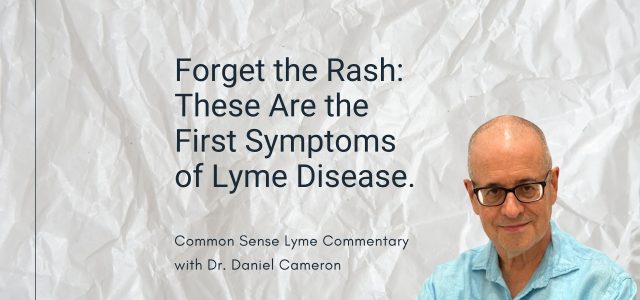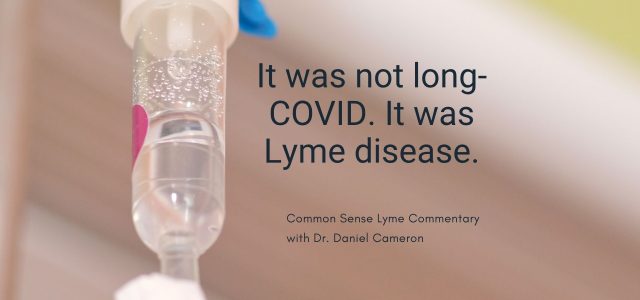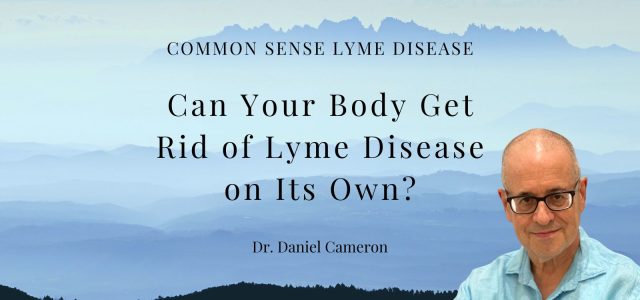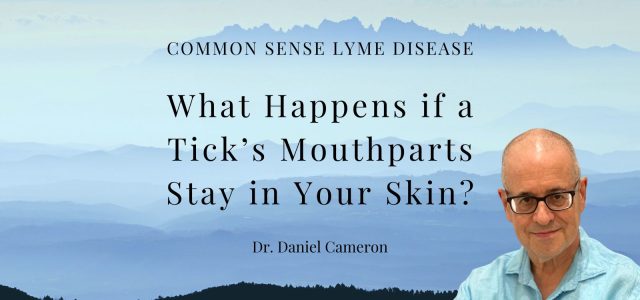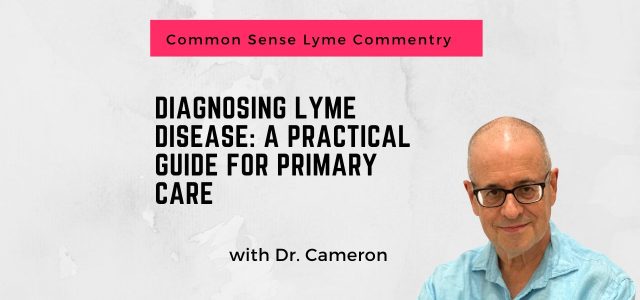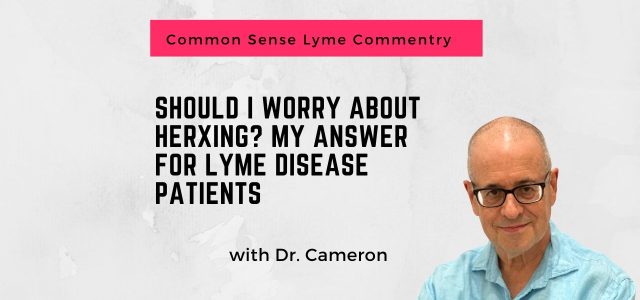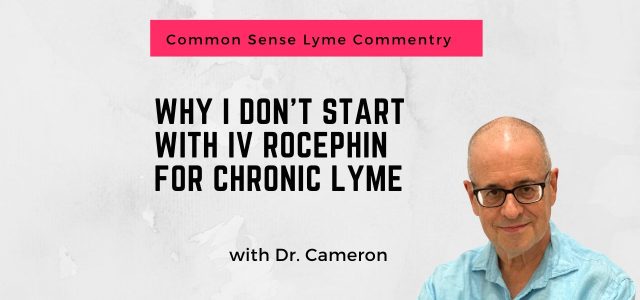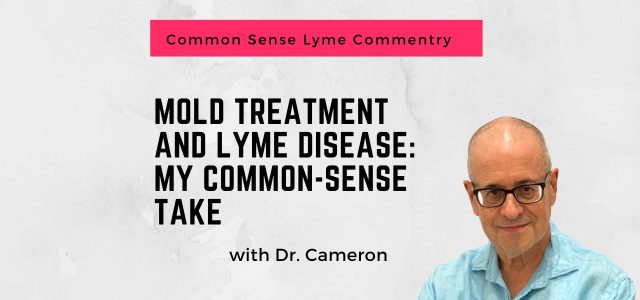Lyme Science Blog
Dr. Daniel Cameron, MD, MPH, is a nationally recognized leader for his expertise in the diagnosis and treatment of Lyme disease and other tick-borne illnesses. His weekly Lyme Disease Science blog features articles covering the latest research, insights and case reviews.
Favorite Blogs, Lyme Science Blog
Forget the Rash: These Are the First Symptoms of Lyme Disease
Patients with Lyme disease rarely walk into a clinic with the classic bull’s-eye rash or a clear memory of a
Favorite Blogs, Lyme Science Blog
Is it Long COVID or Lyme disease?
When It’s Not Long COVID—It’s Lyme In the wake of the pandemic, we’ve become more aware of how a virus
Lyme Science Blog
Can Your Body Get Rid of Lyme Disease on Its Own?
Some infections go away on their own. Lyme disease is not one of them. Each year, I see patients who
Favorite Blogs, Lyme Science Blog
What Happens if a Tick’s Mouthparts Stay in Your Skin?
It’s not uncommon for the mouthparts of a tick to break off and remain in the skin after removal. Fortunately,
Lyme Science Blog
Diagnosing Lyme Disease: A Practical Guide for Primary Care
As we continue to grapple with the long-term effects of COVID-19 and deepen our understanding of post-infectious syndromes like Long
Lyme Science Blog
Should I Worry About Herxing? My Answer for Lyme Patients
One of the biggest concerns Lyme disease patients have when beginning treatment is whether or not they will have a
Lyme Science Blog
Should I Be Taking Probiotics While I’m on Antibiotics for Lyme?
As part of their treatment for Lyme disease, many patients are prescribed multiple rounds or combinations of antibiotics. At some
Lyme Science Blog
Why I Don’t Start with IV Rocephin for Chronic Lyme
Intravenous (IV) Rocephin, or ceftriaxone, is often viewed as the gold standard for late-stage Lyme disease. And yes, it has
Lyme Science Blog
Mold Treatment and Lyme Disease: My Common-Sense Take
It’s a fair concern. Mold toxicity has received growing attention, and some patients with chronic Lyme disease are told that

